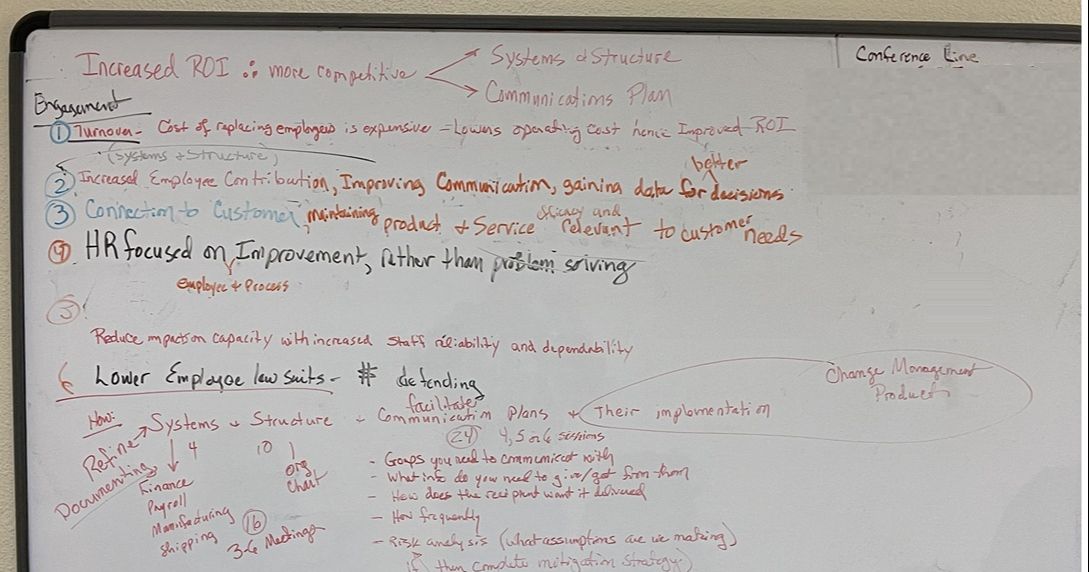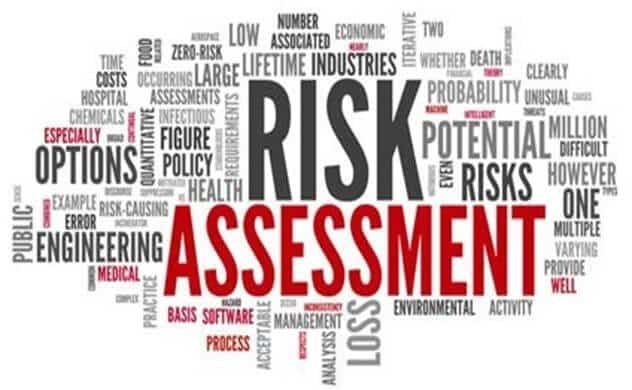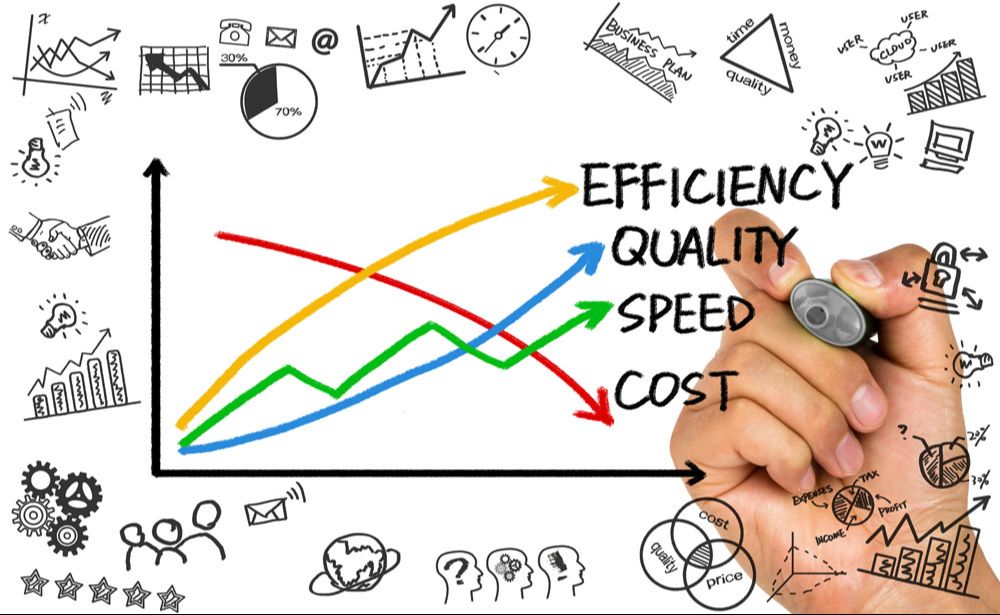Mandelblog

Your Customers Know What Your Employees Won’t Say
Wordcount: 722 Time to read: 4 minutes
Your customers feel the cracks your people won’t tell you about. Employees see the problems first and stay silent, which can be deadly. This post shows you how to uncover the truth before it kills your business.

Your Business Can’t Afford to Wait for Washington
Wordcount: 584 Time to read: 3 minutes
Today, the greatest risks to your business don’t come from Washington. They come from the unaddressed gaps within your own walls: gaps that are highlighted when customers engage with your organization.

Racing Ahead and Leaving Ideas Behind
Wordcount: 542 Time to read: 3½ minutes
It’s not about physical space, it’s about emotional and intellectual space. When time is short, it’s easy to push too hard and make people shut down. Thinking is hard work and takes time. Remember to allow space for people to think and process.

Do We Need to Hire Ourselves?
Wordcount: 575 Time to read: 3½ minutes
It’s bad enough when an organization can’t take care of its own operational and maintenance needs. It’s much worse when improving those activities are the very products and services being offered to its customers.

Engagement for Dummies: What, Why, How
Wordcount: 647 Time to read: 3½ minutes
Lots of people have lots of ideas about what employee engagement is. I know it's not about being productive or having an emotional attachment to the company. Engagement is often an ambiguous term. I passionately believe the most valuable asset any company has is its employees. Engagement is about making their work joyful.

Women are better leaders
Wordcount: 479 Time to read: 3 minutes
If leadership is about emotional intelligence, decision-making, and managing people, then women have the edge.

Objective Risk Assessment & The Future
Wordcount: 325 Time to read: 2 minutes
Leaders often overlook the assumptions hiding within their organizations, which can create hidden risks. Challenging these assumptions is key to better decision-making and leadership. Use risk scoring and mitigation strategies to address them before they become problems.

The Second Operational Imperative
Wordcount: 592 Time to read: 4 minutes
Long-term organizational success and sustainability require leadership’s dedication to three operational imperatives. In this post, I explain consistency of performance, the second operational imperative, and why it's at the root of the highest, most perfect form of promotion, marketing and attracting new clients.

When marketing just don't work
Wordcount: 542 Time to read: 4 minutes
When I say sometimes marketing doesn't work, I mean it doesn't work when you think you know your customer better than they know themselves. This is not an existential issue, nor is it an issue of conscious or subconscious awareness.

Customer Service Quality? Shmality!
Wordcount: 580 Time to read: 4 minutes
When it comes to delivering products and services, consistent levels of customer service outweigh all other aspects of the end-user experience. What makes a business stand out is outstanding customer service.
While there are many pieces to this puzzle, this newsletter focuses on three that are universal and foundational to building a sustainable organization.

Who Empties the Trash?
Wordcount: 697 Time to read: 4½ minutes
Daily operations often demand more time than there is, and routine can be comforting. Over time, and without thought, the familiarity of routine breeds complacency that inevitably leads to costly bad habits and crippling assumptions.
Are you concerned about where your organization may be wasting resources? Do you know your organization’s areas of weakness?

Whadddaya mean there's no spare tire!
Wordcount: 613 Time to read: 5 minutes
“Planning is an unnatural process; it is much more fun to do something. The nicest thing about not planning is that failure comes as a complete surprise, rather than being preceded by a period of worry and depression.”
— Sir John Harvey Jones

Struggling to survive in a world of constant change
Wordcount: 415 Time to read: 3 minutes
Businesses want predictability and dependability, i.e., no change, while the world is constantly changing. This creates friction. Learning how to manage the environment and maintain a sufficient degree of stability is an art most haven’t perfected, much less realizing any need to try. Here, Mandelberg talks about how to do just that.

Social Media: OK, so I was wrong ... again?
Wordcount: 621 Time to read: 3½ minutes
OK, so I was wrong. Social media can work. As Charlie Brown would say, AAUGH!
I’ve used social media grudgingly, expecting nothing, only to recently find proof of value. When a referral said they’d listened to my podcasts, I knew I was screwed–it can work. Those podcasts launched our client/vendor relationship.

Can your staff read your mind?
Wordcount: 385 Time to read: 2½ minutes
In the ever-shifting landscape of modern business, having a clear sense of direction isn't just an advantage—it's a necessity. If you know what you want your organization’s present and future to look like, don’t make staff read your mind. Document it.

Authentic Feedback
Wordcount: 760 Time to read: 4½ minutes
Getting honest feedback from staff is one of the most common complaints I hear from my ‘leader’ colleagues. The problem is rooted in the reality that penalty-free environments rarely exist. Is it possible to create a penalty free environment in a business where the questioner is the boss (or someone who has control over the career of the individual being questioned)? No. Is it realistic to even try to create one? Yes.

